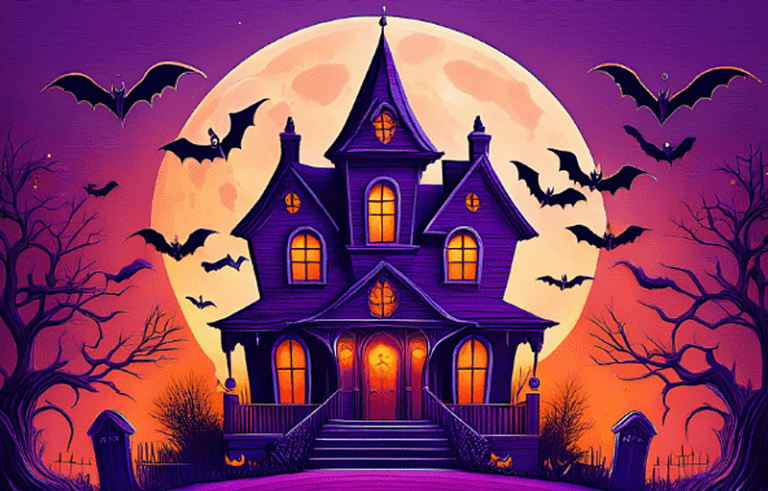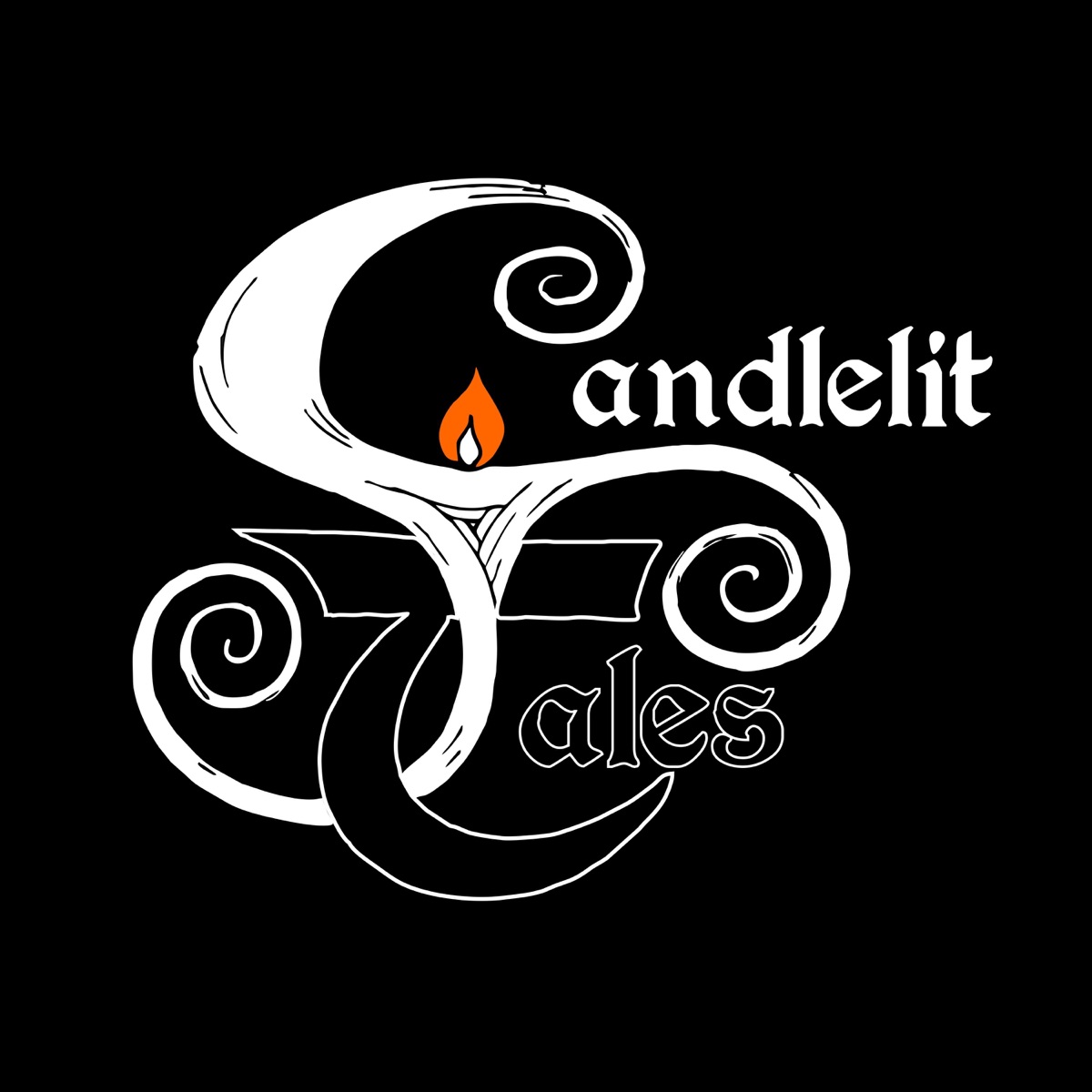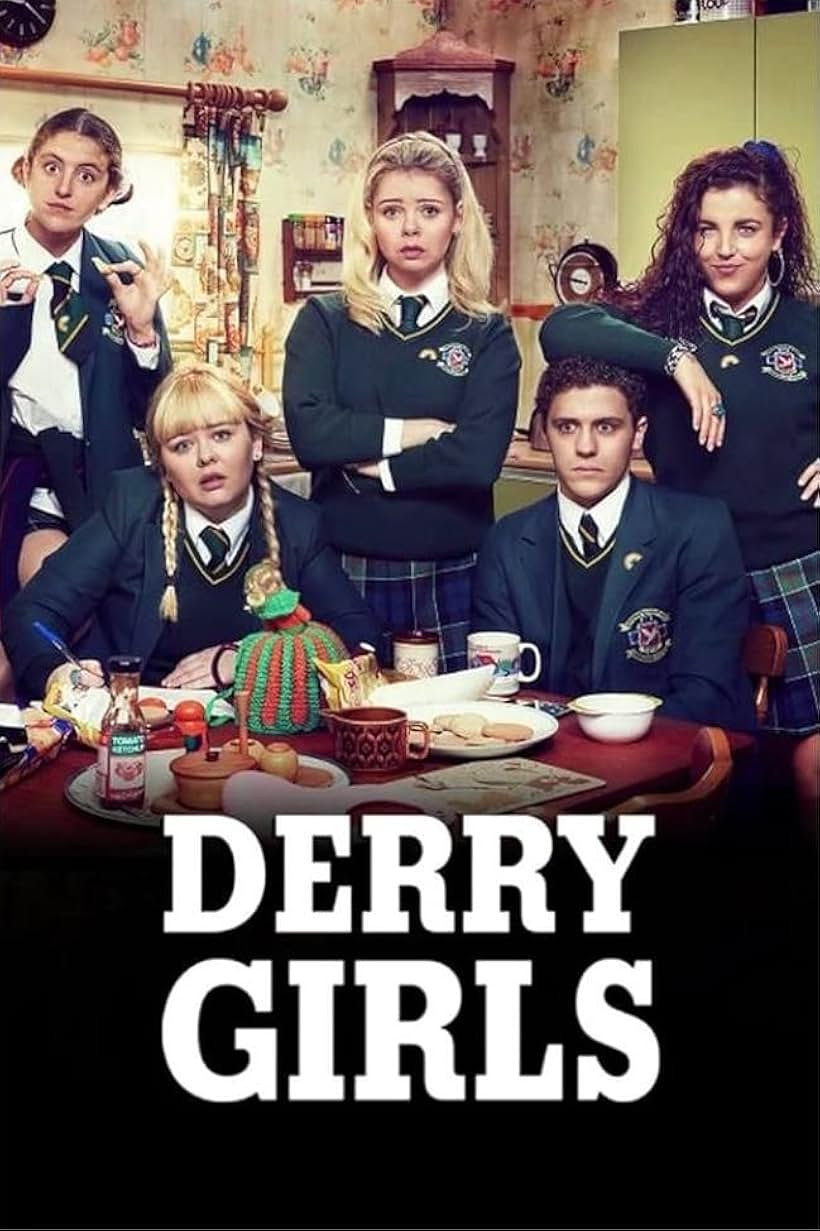Reflections
In this section, we reflect on art from Ireland which touches each of us personally. We believe that each of these pieces display an important aspect of the Irish artistic landscape, and hope to represent to the reader how our culture shapes the art created within it.
"The Improv Halloween Murder Mystery" by Paulius Kanarskas
 Halloween is the most wonderful night of the year. There is nothing quite like walking in the packed city streets on a dark Halloween evening and wondering which ghoul or meme you will see waiting in the club line next. As much as I usually love to partake in the yearly dressing up, this year I decided to do something different: I would attend a Halloween themed improv theater performance. Although a far cry from my usual Halloween celebrations, which usually involve drunkenly racing my other costumed friends in Mario Kart, this improv theater proved to be just as entertaining (and much less hangover-inducing).
Halloween is the most wonderful night of the year. There is nothing quite like walking in the packed city streets on a dark Halloween evening and wondering which ghoul or meme you will see waiting in the club line next. As much as I usually love to partake in the yearly dressing up, this year I decided to do something different: I would attend a Halloween themed improv theater performance. Although a far cry from my usual Halloween celebrations, which usually involve drunkenly racing my other costumed friends in Mario Kart, this improv theater proved to be just as entertaining (and much less hangover-inducing).
The downside of attending any event on Halloween is that the packed streets will make getting to the event a real pain. But although I was a bit late due to the traffic, the crew was as well, so I did not end up missing more than one or two minutes at the beginning of the play. What I sadly did miss was the writing of the prompts that the actors would have to draw out of a bucket and read from time to time. Thankfully most of the audience prompts were hilarious, so I did not miss out on any of the laughs, at least.
And laughs there were many. The actors did a phenomenal job of improvisation, desperately trying to weave all the plot threads together with random prompts they suddenly had to read out. Sometimes that was the source of the laughs: the fact that the actors were struggling to get out of a ridiculous situation, and suddenly broke the fourth wall. For instance, even technical issues were not off limits: one actress wanted to do a bit with a projection of a window in the background, the problem was that the projection did not show up. The actress referred to this several times and finally started talking to the crew behind the scenes, while still on stage. I had not seen a play with such lightheartedness and disregard for the established rules, and it really felt like a breath of fresh air.
The premise of the plot is simple: a hotel owner is murdered, and his relatives meet up at the hotel for his funeral. Then, right before the break, one of the relatives also gets murdered, and after the break a detective comes around to solve these mysteries. What makes this basic murder mystery plot so interesting here, is that none of the actors know who the killer or victim is going to be until the very end, and they must keep improvising the entire time just in case it will turn out to be them. Any twist can happen at any time, towards the end of my viewing, two of the characters had to switch identities. Things get crazy, and you must really see the play to understand it.
I had a fantastic time this Halloween watching The Improv Halloween Murder Mystery at the Cork Arts Theatre, and I implore anyone to check it out the next time it comes around. Just remember to get tickets weeks in advance, as they sell out fast. And preferably not on Halloween, you’ll want to actually make it to the theater in time.
"Small Things Like These" by Caitlin Kelly
 Irish history, both the light and the dark, is an incredibly important part of our Irish culture and Claire Keegan’s novella Small Things Like These explores an important aspect of the darker side of Irish history. It can become evident once a person has spent enough time with many Irish people, that the Irish public's view of the Catholic church can sometimes be pretty negative. This is a result of the many traumas created by organisations that were led mainly by the Irish Catholic Church. One of these organisations was known as the Magdalene Laundries and this is the event that Keegan writes about in Small Things Like These.
Irish history, both the light and the dark, is an incredibly important part of our Irish culture and Claire Keegan’s novella Small Things Like These explores an important aspect of the darker side of Irish history. It can become evident once a person has spent enough time with many Irish people, that the Irish public's view of the Catholic church can sometimes be pretty negative. This is a result of the many traumas created by organisations that were led mainly by the Irish Catholic Church. One of these organisations was known as the Magdalene Laundries and this is the event that Keegan writes about in Small Things Like These.
The story follows Bill Furlong and his family living in an Ireland that is greatly under the Church's rule. Furlong has lived a lucky life given that he was the son of an unwed servant whose employer allowed Furlong to have many more opportunities than he would have had under such circumstances. Furlong is a very grateful man for his life and though he struggles to make ends meet, he is a very good and kind-hearted man. Furlong is a coal salesman and is delivering coal to a convent one day where he notices many young girls scrubbing the floors. He notices they all look rough and worn, sporting styes on their eyes and choppy haircuts. This makes him feel concerned for these girls and suspicious about the nuns in the convent. On another day when dropping coal off to the same convent he discovers a young girl named Sarah Redmond, locked in the coal shed. She is upset about her baby and wants him to help get the nuns to find it for her. This furthers Furlong's discomfort, and it becomes clear that his respect for the church is wavering. He constantly worries about his past and how his mother could have ended up like those girls. This weighs heavily on his conscience. In the end Furlong finds Sarah in the coal shed again and takes her away from the convent. He is full of joy after doing this despite the conflicts that would result from his actions.
This is a story about the cruelty conveyed by the Catholic Church onto women out of wedlock. Keegan helps us envision the horror of these laundries through her vivid imagery. This is an important novel for young adults learning more about Irish culture as the Magdalene Laundries is something we are still only recovering the truth from now. Many Irish women who walk the streets today have a story from the laundries and it is important that these stories do not remain hidden away. Irish history is about more than just the positive impacts it has had on the Ireland we know and love today; it is also about the horrors and pain our ancestors have felt in the past. To open new perspectives on the lives lived by the Irish people and to learn more about the why’s of the religious hatred some Irish people invoke.
"Candlelit Tales: The Táin" by Emer O'Donovan
 One of the richest and oldest Irish artistic traditions is that of the storyteller. Once one of the only options for entertainment on a long winter night, they have since been mostly supplanted by more modern excitements, such as widespread literature and television broadcasts. However, there is still a place for storytelling in our society, as proven by the success of Candlelit Tales.
One of the richest and oldest Irish artistic traditions is that of the storyteller. Once one of the only options for entertainment on a long winter night, they have since been mostly supplanted by more modern excitements, such as widespread literature and television broadcasts. However, there is still a place for storytelling in our society, as proven by the success of Candlelit Tales.
Founded by two siblings from Cork, Candlelit Tales is a company which produces storytelling events based in Irish mythology. They have released many of their tales as podcast episodes, starting with a telling of An Táin Bo Culaigne, recorded live in a pub.
One of the most unique aspects of their telling is the musical accompaniment of a live band, with strings and percussion droning and marching in the background. This accompaniment is often tied into the story, providing sound effects such as the buzzing of bees, and an abrupt cut of the music is used many times to emphasize a plot beat. Songs in Irish are incorporated into the telling to draw from even more aspects of Irish culture.
Similarly striking are the lengths the tellers, Aron and Sorcha Hegarty, go to in order to make the tale feel contemporary and fun. The vast majority is told in plain, conversational English, making it much more accessible to their audience of modern pubgoers. A lot of humour is also injected into the myth, bringing it the levity that could be expected from a session at the pub. Particularly notable is their use of innuendo and regional humour, both of which are staples of Irish comedy. The storytellers bring themselves on par with their audience by ribbing them about a character’s strong Leinster accent and responding to cheers at Ulster’s mention with the faux-grave warning that it’s a “dangerous fuckin’ place to go to, lads.” (Episode 1, 21:00) They also utilise bawdy remarks on Queen Medb’s voracious sexual appetite to appeal to young women in the crowd, eliciting many supportive cheers.
It’s this engagement with their audience which really makes the telling special. Throughout, you can hear the laughter and chatter from the crowd, sometimes closer to the microphone than the storytellers themselves, overhearing snippets of these public-private conversations whispered between friends. It delivers a truly authentic atmosphere of a cozy Irish pub night, packed in a room full of people all experiencing the same thing as you.
Near the end of the tale, the storytellers prompt the audience to scream together in emulation of a bull’s roar, and as opposed to the homogenous yells of attendees at a festival, the crowd is small enough that you can hear each individual cry contributing to the whole clamour. A young girl makes her presence known in a piercing scream, starting and finishing later than all the rest of the herd with the stumbling social awareness typical of a child in a room full of adults. All of these factors combine to invite the listener into the experience of a pub gathering, something often ephemeral but still vital to Irish culture.
"Derry Girls" by Kerry O'Sullivan

Derry Girls is one of the most important pieces of media surrounding the Troubles (1968-1998) ever made. It constantly juxtaposes the relatively trivial issues associated with being a teenager with the tragic, near-daily acts of threat and violence that occurred as a result of the conflict in Northern Ireland.
The first episode begins with the titular Derry Girls getting ready for the first day of school – however, there is a bomb threat on the bridge. The characters react to this news entirely nonchalantly, the mother far more concerned about getting her daughter out of the house before she annoys her any more, and the aunt character deeply worried – but only about how this will impact her tan appointment.
Lisa McGee, the show’s creator who based it on her own upbringing in Derry, does this to communicate to a modern audience exactly how normal this constant threat of death and injury was to the citizens of Northern Ireland during The Troubles.
Upon being asked several questions in a row about his new job (at which he was presently working), a character quips, “Jesus Christ, I was asked less questions when I was interned” (Season 3, Episode 1, 4:40). In other instances, while an episode’s plot might not be overtly political at all, the characters are still seen crossing checkpoints and passing scowling, heavily armed British soldiers. This demonstrates how the characters in Derry Girls make light of the severe circumstances of their upbringing and the associated injustices they face, and in other cases do not notice anything out of the ordinary at all, passing by men with lethal weapons without a second thought. Considering that the show takes place in the mid-to-late 1990s, it is all the cast of teenage characters have ever known.
Furthermore, historical events that take place during the programme’s setting take a backseat to the Derry Girls’ private lives. Season two, episode six takes place during Bill Clinton and his family’s groundbreaking visit to Northern Ireland, a visit that suggested that Northern Ireland was becoming less dangerous and moving forward. The girls, originally excited and adamant to befriend Chelsea Clinton, completely forget about and miss the historic speech when drama in their friend group breaks out.
The very last episode of the show, season three, episode seven, focuses equally on the Good Friday Agreement and two of the girls’ upcoming 18th birthday party. A rare somber moment for the show, the ramifications of the Good Friday Agreement are given ample time to be discussed, the consequences of friends and family members disagreeing with one another are shown, and ultimately the series ends with a note of hope for the people of Northern Ireland and the Republic. Keeping in line with Derry Girls as a black comedy, equal weight is given to the issue of the 18th birthday party. The plot-lines intertwine, with people being uninvited due to differing political opinions.
Derry Girls utilizes the mode of comedy, not to downplay the seriousness and devastation of the Troubles, but to showcase to a modern audience who could not fathom being interned with no evidence, or bomb threats blocking their routes to school, how normalised these things were for those growing up during this tumultuous period of Irish history.
WORKS CITED
“Cork Arts Theatre This Month.” Blogspot.com, 31 Oct. 2024, corkculturalcompanions.blogspot.com/2024/10/cork-arts-theatre-this-month.html. Accessed 4 Dec. 2024.
Aron and Sorcha Hegarty, hosts. "Episode 01 - Shadows of the Táin - Part 1 (Whelans Live)." Candlelit Tales, episode 1, 14 November 2018, soundcloud.com/candlelittales/episode01-shadowsofthetain-part1_whelanslive.
Aron and Sorcha Hegarty, hosts. "Episode 02 - Shadows of the Táin - Part 2 (Whelans Live)." Candlelit Tales, episode 2, 28 November 2018, soundcloud.com/candlelittales/episode02-shadowsofthetain-part2whelanslive.
Keegan, C. (2021). Small Things Like These. Faber & Faber Ltd.
O’Dornan, David. “Lisa McGee: I Had to Defend Being Irish.” BelfastTelegraph.co.uk, 19 Dec. 2021, www.belfasttelegraph.co.uk/sunday-life/news/lisa-mcgee-i-had-to-defend-being-irish/41163580.html. Accessed 5 Dec. 2024.
McGee, Lisa, creator. Derry Girls. Hat Trick Productions, 2018.
McGee, Lisa, et al. “Derry Girls.” IMDb, 4 Jan. 2018, www.imdb.com/title/tt7120662/.